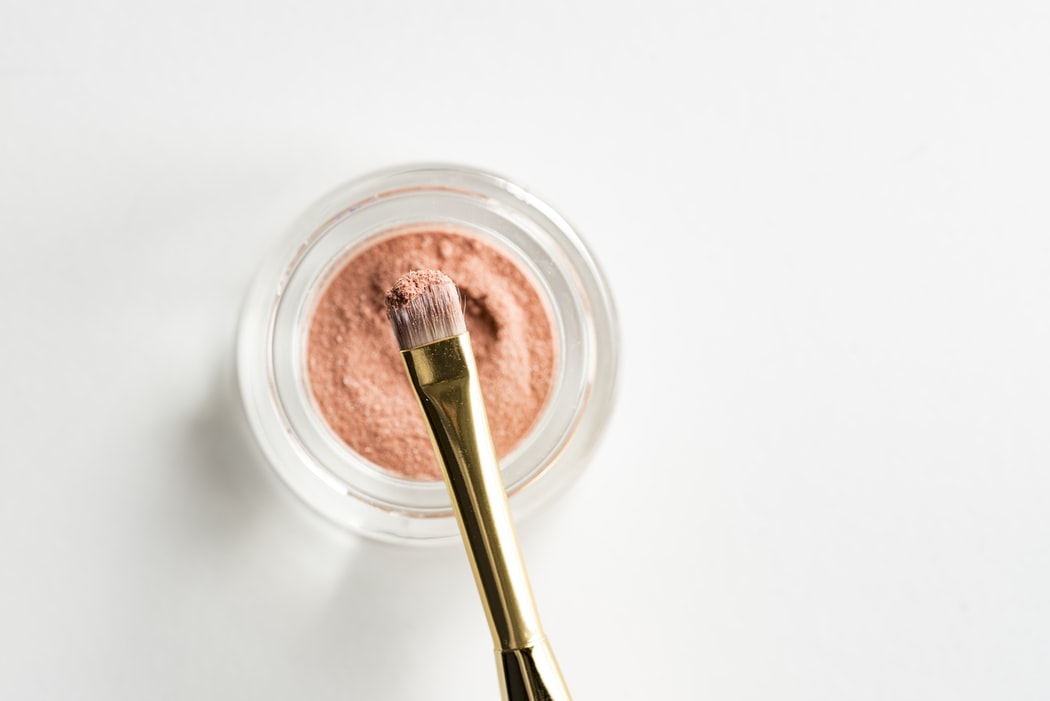
If we’re talking about beauty crazes, mineral makeup is on top of the list right now. Since going green and being environmental-friendly is now a thing, many people are finding out about mineral makeup when they go through the process of shifting lifestyles.
“People think mineral means natural, so they are drawn to it,” dermatologist Francesca Fusco, MD, tells WebMD. “With the current interest in safe, natural, and organic products, the mineral makeup approach is very popular. And the category appears to be continuing to grow.”
Mineral makeup has various pros: its versatility, long shelf-life, and its all-natural ingredients that people see as healthy.
However, there is a downside to mineral makeup, and it points to one ingredient: mica.
Mica is a naturally occurring mineral dust often used in foundations and other mineral makeup products. It is often used as color additives in cosmetics, and also has reflective properties, allowing for a shimmery effect in mineral foundations. Basically if a product has a shimmer effect, it’s almost definitely mica. It is also popular in skincare products designed to create a glowy effect, particularly those marketed as brightening or illuminating.
Outside the beauty industry, however, the ingredient also works as a filler in cement, asphalt, and as insulation material in electric cables, according to Safe Cosmetics. Because it is used in construction, several occupational exposure case studies have documented workers from muscovite and mica mills, construction sites and rubber factories developing respiratory problems after being exposed to mica over the course of several years. Long-term inhalation of mica dust may cause lung scarring which leads to symptoms such as coughing, shortness of breath, weakness, and weight loss.
But that’s not all.
Apart from the health cons, mica is also known as a product of child labor in various third-world countries. Refinery 29 exposes the illegal labor that children in India are subjected to. They spend their days shimmying into small, man-made tunnels in embankments all around the area—armed with ice picks, hammers, and baskets—as they carefully chip into the sides and backs of the small pits to loosen rock and dirt before carefully hauling it out of the mine. The children take turns dumping their baskets over a rudimentary sifting tool revealing handfuls of mica, a shimmery mineral composite that’s been forming underground for hundreds of years.
The raw materials excavated by these children will be collected by a broker who sells it to an exporter, who then delivers it to a manufacturer, typically in China. It’s then milled into fine, pearly pigment that is purchased by international beauty companies to add a reflective finish to eyeshadow, blush, lipstick, and more. Everyone in the supply chain financially benefits from obscuring the origin of the mica through this complicated turn of hands because it keeps costs low by allowing exporters to exploit the people mining it.
So even if these mineral makeup products claim to be “cruelty-free,” they’re not. The mica that it contains can not only harm your skin and your health, but is also a product of child labor and exploitation of third world countries.
This is a pressing concern for the beauty industry, and facts that the community should be aware of. While the mica in your makeup could have been excavated by an adult, and there’s even a chance they received a fair wage, there is no reliable way of telling just by looking at the ingredients list. The equivalent of a Leaping Bunny emblem for ethical mica sourcing doesn’t exist yet.
Many big cosmetics conglomerates like L’Oreal—which owns Maybelline, Urban Decay, Essie, Nyx, and more—have discontinued the use of Indian mica. But experts remind us that it is still to early to guarantee illegal labor-free mica. Terre des Hommes tells Refinery29 that mica collected by children is easily, and often, sold to foreign entities under the license of a legal mine; traders just lie about where they got it.
***
With this whole issue, it will now be difficult to determine if products containing mica are reliable and legally produced. It’s better to be safe and always check your products labels diligently. Do your research and stick to companies who are vocal on committing to ending the cycle of child labor. You can read The Centre for Research on Multinational Corporation’s (SOMO)s full report here.
Photo courtesy of Unsplash
For the latest in culture, fashion, beauty, and celebrities, subscribe to our weekly newsletter here
Follow Preen on Facebook, Instagram, Twitter, YouTube, and Viber
Related stories:
Today on cruelty-free beauty: Mineral makeup
These brands are the key to a zero-waste beauty routine
Here’s an excuse to wear makeup to the gym
Keep Strobing: How to Layer Cream and Powder Highlighters


